Greenhouse gas emissions from agriculture are mainly in key areas such as: rice cultivation, land management and fertilizer use, and livestock farming. With the goal of protecting the environment and reducing greenhouse gas emissions, the province's agricultural production has been shifting strongly towards green agricultural production, clean agriculture, organic agriculture, etc.
In order to develop production associated with environmental protection, in recent times, the agriculture and rural development sector (Agriculture and Rural Development) has promoted the development of models applying scientific and technological advances. Rice production models meeting VietGAP standards, organic as the core have been built and replicated, mainly using organic fertilizers: Que Lam, Song Gianh, organic foliar fertilizer "PAN" - Nano Calcium Silic... Currently, the Agriculture and Rural Development sector has also conducted a map to analyze the chemical and physical quality of the specialized rice growing areas of the province for localities to apply in the process of fertilizing rice in a balanced and effective way. Through preliminary assessment, the amount of nitrogen fertilizer used in rice cultivation has decreased by 60% compared to more than 10 years ago. The irrigation system has been invested quite synchronously from the main pumping station to the intra-field canals to help proactively irrigate and drain the crop. Rice fields are no longer continuously flooded as before, limiting methane emissions due to organic matter decomposing in anaerobic conditions (flooded fields).
Up to now, in the province, nearly 1,000 hectares of ineffective rice fields have been converted to grow fruit trees and commercial crops. Changing the crop structure helps limit methane emissions and improve production efficiency on cultivated areas. The areas converted to grow fruit trees and commercial crops (glutinous corn, cucumbers, etc.) all have an average value of 1.5 - 3 times higher than previous rice cultivation. Mr. Nguyen Hai Nam, Head of the Department of Cultivation, Plant Protection and Forestry (Department of Agriculture and Rural Development) said: Production in the fields of the province is changing significantly from farming practices to the application of new science and technology. The effectiveness of the new direction helps increase value, profit and protect the environment.
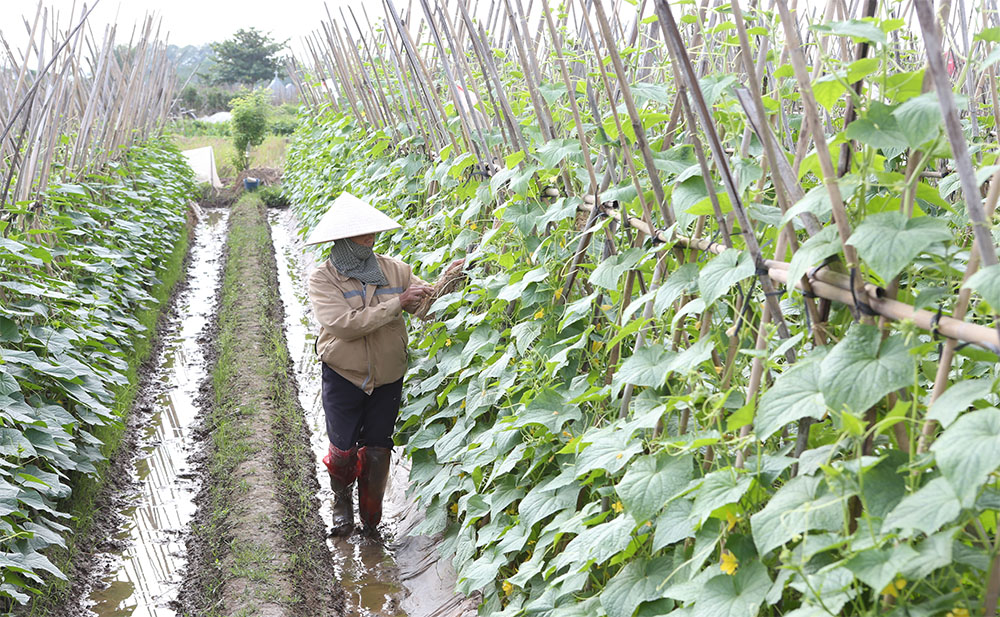
Along with cultivation, the work of reducing environmental pollution and greenhouse gas emissions in livestock farming is also of concern. Currently, there are about 1,600 livestock farms in the province, including: 750 pig farms, 600 poultry farms, 250 large cattle farms. Of which, there are 14 large-scale farms (raising over 1,500 pigs, located in concentrated livestock areas) with approved environmental records, and a waste treatment system that ensures compliance with regulations. Some large farms have invested in manure press systems, advanced biogas pit systems with a volume of up to hundreds of cubic meters, and microbiological wastewater treatment systems that ensure environmental regulations such as: Dabaco Pig Breeding Company Limited, Ha Nam General Joint Stock Company... With the majority of small and medium-sized livestock farms established before 2020 (before the Law on Livestock came into effect), located in residential areas, most of them have been built biogas pits, biological ponds, and used biological bedding by people... Many livestock households are effectively using probiotics mixed with feed and sprayed on the barn floor to limit environmental pollution. The Department of Agriculture and Rural Development directs specialized units (Department of Livestock and Veterinary Medicine, Agricultural Extension Center...) to regularly propagate and disseminate to livestock facilities and households new livestock waste treatment processes and technologies; Instructions on biosafety livestock farming measures... Models of circular livestock farming, reusing waste to produce fertilizer and supporting waste treatment models in household livestock farming are built. All waste and wastewater from livestock farming are brought to the fields to fertilize grass and corn areas for green feed. A typical example is the beef cattle farm in the concentrated beef and breeding cattle farming area of Vu Ban commune (Binh Luc) with a scale of more than 70 cows, all livestock waste is brought to the settling tank and then brought to an area of nearly 7 hectares to grow elephant grass and corn to create a source of green feed for the cows to ensure quality. Mr. Nguyen Van Quynh, the farm owner, shared: With the current circular livestock farming process of the farm, the waste of the herd is used effectively. This is a quality organic fertilizer, replacing all chemical fertilizers, not being released into the natural environment. Profits in beef cattle farming are increased by more than 20% compared to having to buy green feed from outside.
However, through actual surveys, the reduction of environmental pollution and greenhouse gas emissions in agricultural production in the province still has certain limitations. For the two rice crops, the current harvest by combine harvesters leaves all the straw and stubble in the fields. The production period between the two rice crops (spring and summer crops) is too short, only about 15 - 20 days, and the main method of applying water to the soil will lead to the decomposition of stubble, causing anaerobic conditions. In pig farming, farms with high density and small biogas tanks (about 10 - 20 m3) are not guaranteed, so there is still a situation of waste discharge causing environmental pollution...
In order for agricultural production to develop in a stable, sustainable direction, protect the environment and reduce greenhouse gas emissions, it is thought that in the coming time, the agricultural sector needs to have more synchronous and effective solutions. In particular, focusing on propaganda work, instructing people to use technical measures to handle the decomposition of organic matter from straw and stubble in the fields. At the same time, encourage people to invest in buying straw-collecting rollers after harvest to serve livestock farming, becoming substrates for growing straw mushrooms and oyster mushrooms; increase the use of biological products, promote the development of circular models to minimize environmental pollution. On the part of local authorities, it is necessary to do a good job of managing livestock facilities in residential areas and farms in the area, requiring them to sign a commitment to apply environmental treatment measures.
Manh Hung
Source: https://baohanam.com.vn/kinh-te/nong-nghiep/san-xuat-nong-nghiep-huong-den-giam-phat-thai-khi-nha-kinh-142817.html


![[Photo] Panorama of the memorial service for former President Tran Duc Luong](https://vphoto.vietnam.vn/thumb/1200x675/vietnam/resource/IMAGE/2025/5/25/d33968481f21434fa9ed0df48b9ecfa9)

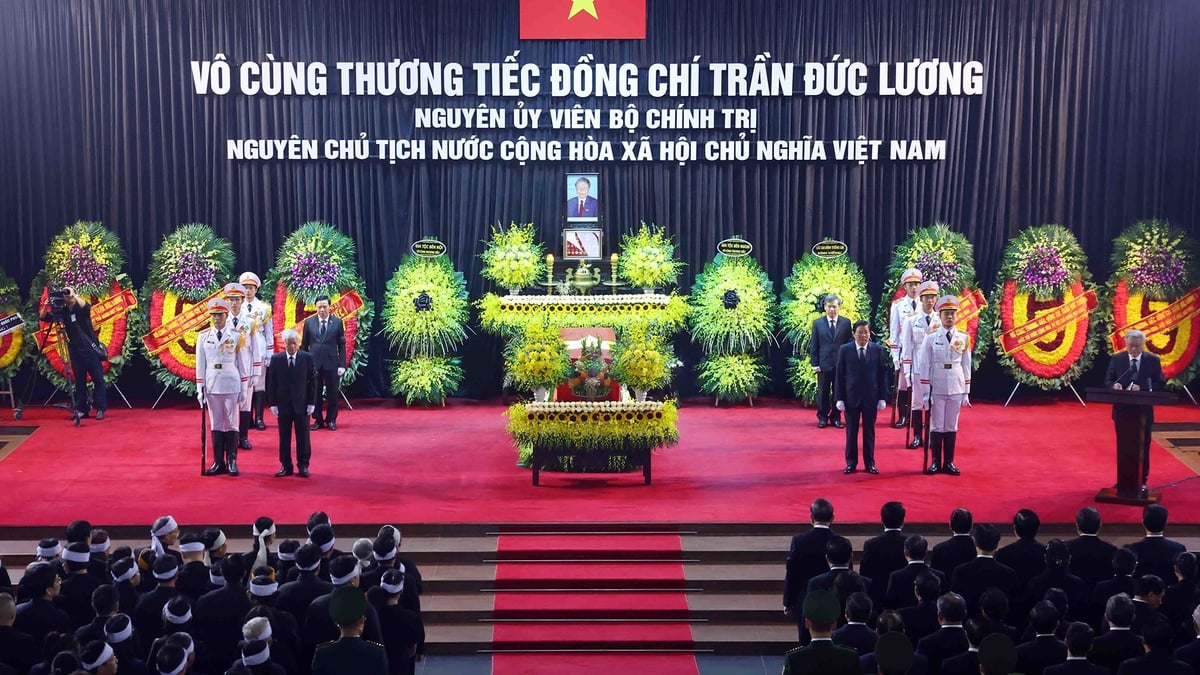
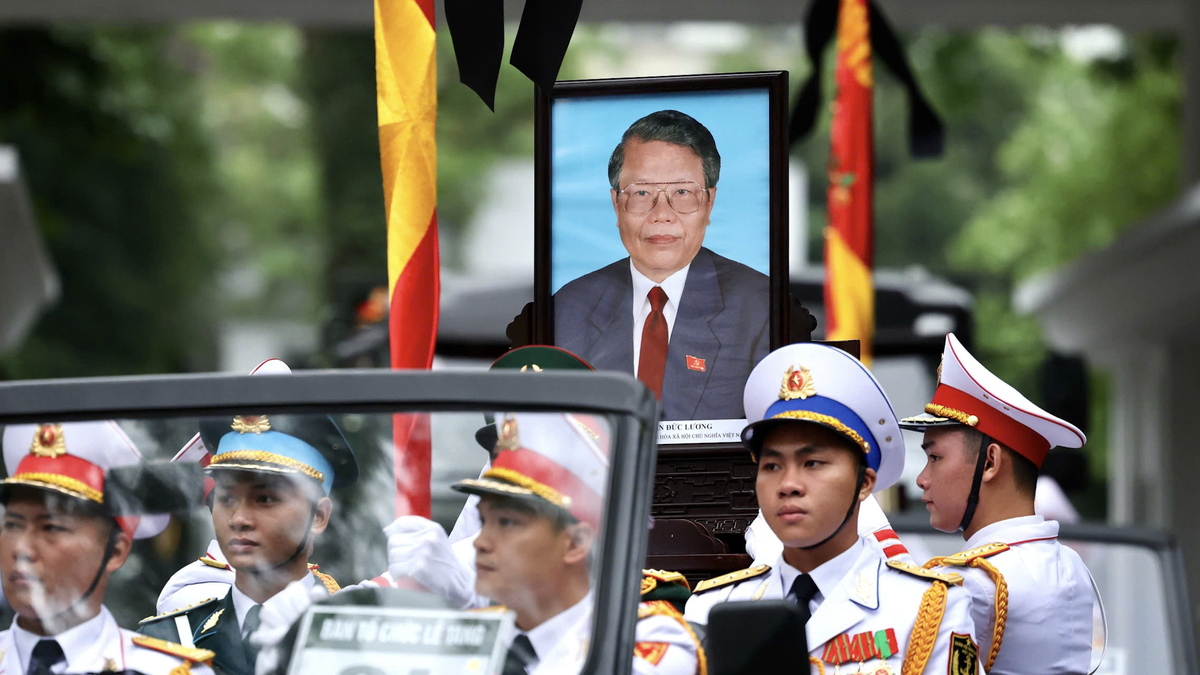
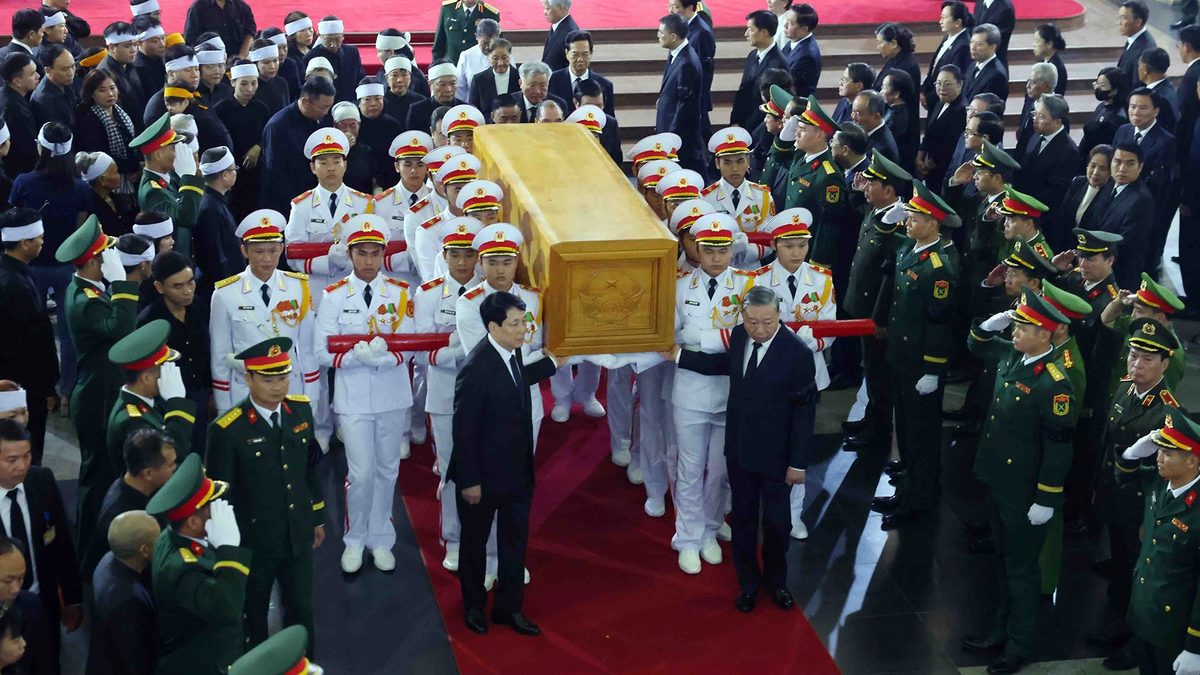
![[Photo] Prime Minister Pham Minh Chinh meets the Vietnamese community in Malaysia](https://vphoto.vietnam.vn/thumb/1200x675/vietnam/resource/IMAGE/2025/5/25/1f11d1256d7745a2a22cc65781f53fdc)
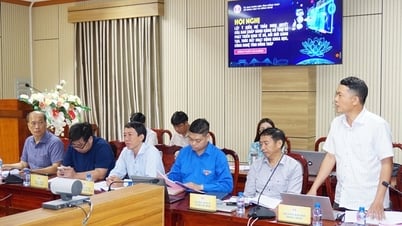

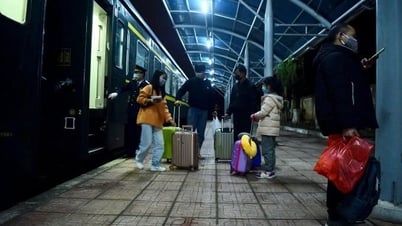


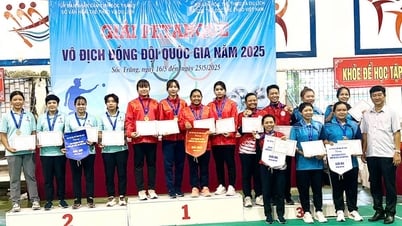
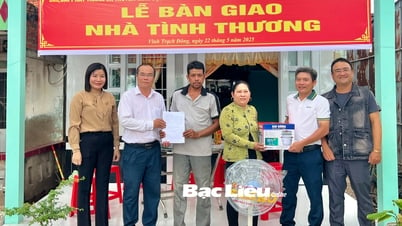








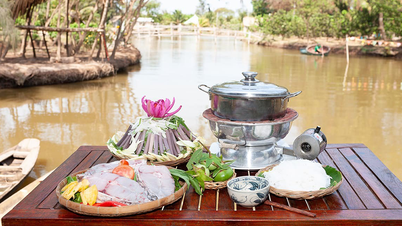
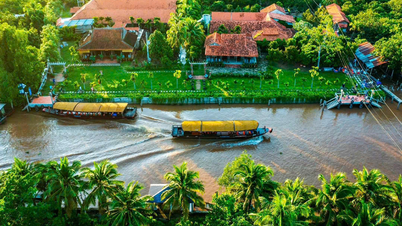
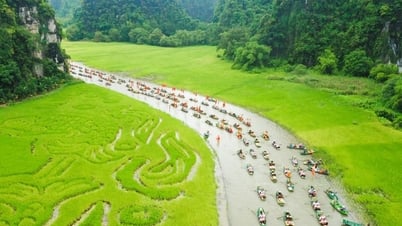

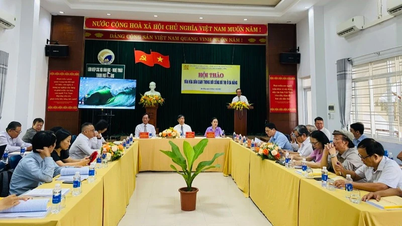


























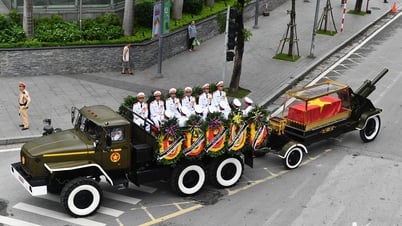


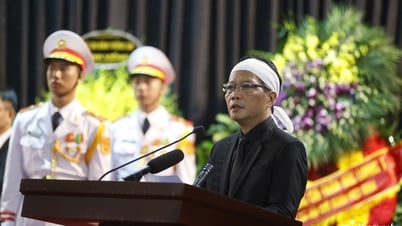

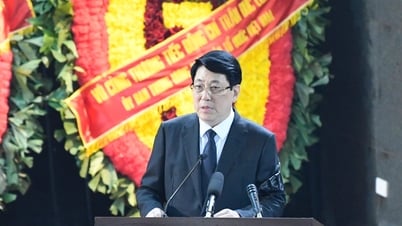










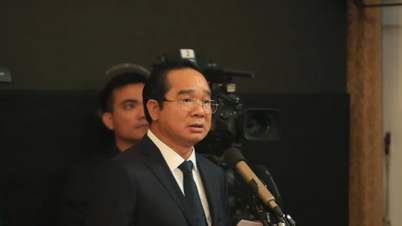





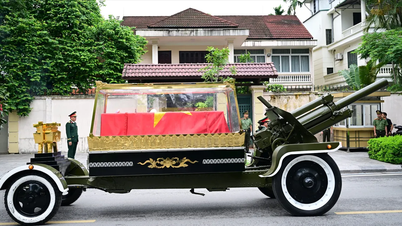
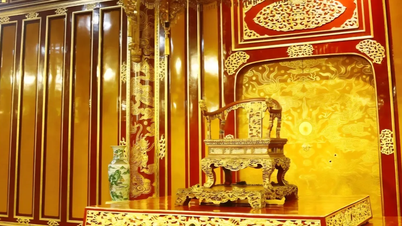
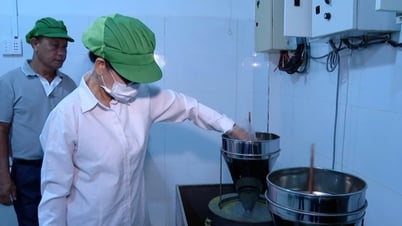





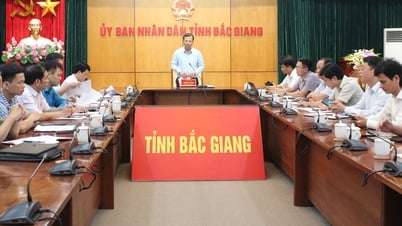



Comment (0)